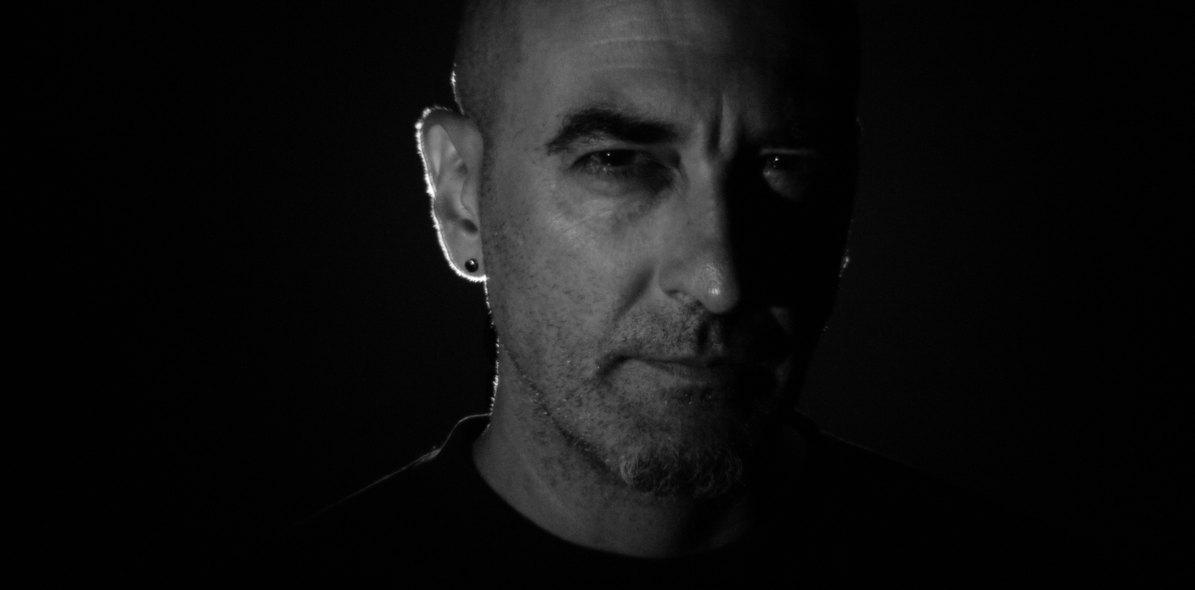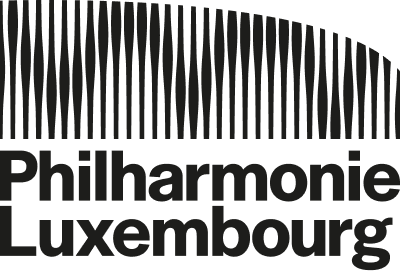
Immersed in sound
At his concerts, Spanish artist Francisco López offers particular listening experiences, inviting the audience to plunge into the sound itself. Lisboa Matéria Sonora, a project created exclusively by recordings made by López in this city, allows you to listen to Lisbon … in a way you have never seen before.
What was the origin of Lisboa Matéria Sonora? And what was your modus operandi?
This piece was created from original environmental recordings I did in Lisbon many years ago, which were then freely used in a compositional way (but without any addition instrumental sounds or any other sound material) through multiple processes of evolution and integration in the studio. It was commissioned by the Teatro Municipal Maria Matos in Lisbon, where the composition was premiered in a live performance in 2011. My approach to sound is ontological, as opposed to representational. This entails a very unusual consideration of «sounds-by-themselves» as entities with the same level of relevance, significance and self-sufficiency (i.e., ontological status) as any of the misleadingly so-called «sources» of sounds. This is not a theoretical or analytical stance but rather a consequence of a lifetime of worldwide recording and listening.
From Charles Ives' Central Park in the Dark to Alvin Curran's Cartoline Romane, from Steve Reich's City Life to the «soundwalks» created by some sound-artists and electroacoustic musicians, the musical portrait of the city has almost become a genre per se, with a certain history (if not «tradition»): how does Lisboa Matéria Sonora relate to this history? And how does this work relate to your previous ones, such as Buildings [New York] – what did you try to achieve this time?
Personally, I have zero interest in «portraits» and «soundwalks». I believe that in their current standard use in the realm of sound recordings, they show us nothing of the world other than
obvious causal relationships of little interest (as is the case with the mostly-meaningless visual «mega-representation» we live surrounded by these days). When sounds are also things – and not just properties or effects of other things – then you realize that the world might contain many more entities – and much more complex and richer entities – than we thought. I am interested in a profound listening through which an immersive and temporarily self-contained world arises around and inside the listener – a form of inhabitation of sonic substance, of down-the-rabbit-hole sound ontological penetration, if you will.
The words of «field recordings» and «sound ecology» – following the works by Raymond Murray Schafer on that matter – are very often used these days: which sense do these notions have for you, and in which way does your own work distant itself from Schafer's «theories»? What is the difference between «ecology» and «ontology»?
With its contemporary reductionist connotations, I don’t feel represented by the term «field recordings» (nor the concepts and principles behind it). Let me put it this way: an «acoustic
ecology» based upon representation is in my view a sort of oxymoron. One could also argue that this is a questionable «ecology», being fundamentally based as it is on a second-rate ontological status for «sounds» relative to their «sources». It’s not only that «as soon as the call is in the air, it doesn’t belong to the frog that produced it anymore», as I always say, but also that the frog has a «source» as well.
How important is the live performance of your work, both for you as a performer and for the listener? In your concerts, the audience is often blindfolded in order to focus their concentration on the purest listening possible. Moreover, you created several site-specific works: ideally, how should one be listening Lisboa Matéria Sonora?
I always insist on the relevance of sharing the transformative potential of sound and of having a strong sense of responsibility in your role as «medium» in performance (hence the blindfolds I provide for the audience). These two elements are always vividly present for me in live performances and transform these into extremely intense and rich experiences for me. I do a huge amount of site-specific (as well as soundsystem-specific) work during the performance for live sound transformation, spatialization and immersion. My blindfold technique for live performances has to do with the natural immediate surge in the non-visual senses but also, more importantly, with the crucial question of commitment to the experience. Its use being voluntary and optional, the blindfold becomes in this context a tool for transformative listening through acceptance, surrendering, dedication, trust, engagement. And if we are even more resolute and ambitious: a tool for spiritual expansion.
David Sanson est conseiller artistique, auteur/traducteur et musicien. Aux éditions Actes Sud, il a notamment publié un essai biographique sur Maurice Ravel, et traduit le premier ouvrage en français consacré à Arvo Pärt. Pour Robert Laffont, il vient de traduire Seuls les vivants créent le monde, recueil de textes inédits de Stefan Zweig. En 2013/14, il a été pensionnaire de la Villa Médicis à Rome.
Concerts
-
 12.10.2018 22:00
12.10.2018 22:00Francisco López «Lisboa Matéria Sonora»
Has already taken placeFrom rain forests to New York’s skyscrapers, the sound artist Francisco López has recorded almost every kind of sound imaginable for his idiosyncratic live performances. With «Lisboa Matéria Sonora», he pays homage to the sounds of the city of Lisbon.
Dans le cadre de «atlântico»





